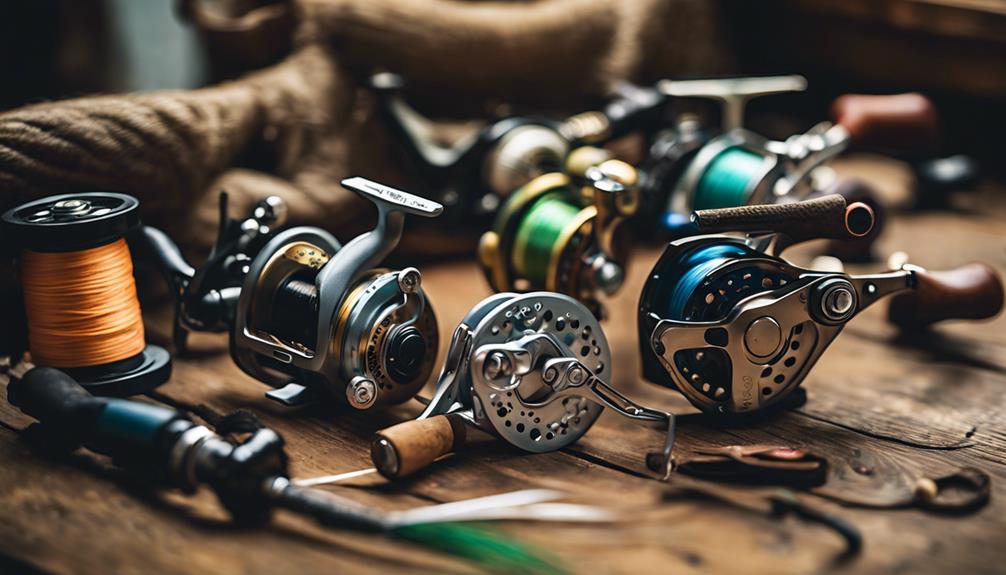Understanding Washington Fly Fishing: A Brief Overview
Washington fly fishing is a captivating pursuit that draws anglers from all over the world to its stunning rivers, lakes, and coastal areas. With a diverse range of fish species, including trout, steelhead, and salmon, Washington offers unique opportunities for both novice and experienced fly fishers. The state’s varied geography, from the rugged Cascades to the serene Olympic Peninsula, creates a plethora of fishing environments. This comprehensive guide aims to equip you with essential tips, locations, and techniques to enhance your Washington fly fishing experience.
Best Fly Fishing Locations in Washington
When it comes to Washington fly fishing, the locations are as varied as the fish species themselves. Some of the top spots include the Yakima River, known for its exceptional rainbow and cutthroat trout; the Olympic Peninsula, famous for steelhead runs; and the coastal rivers like the Hoh and Quinault, which are ideal for salmon fishing. Each of these locations has its own peak seasons and unique characteristics, making it crucial for anglers to research and plan their trips accordingly. Whether you prefer serene lakes, rushing rivers, or oceanic shores, Washington’s diverse ecosystems provide a fishing experience like no other.
Understanding Washington’s Fish Species
To excel in Washington fly fishing, it’s essential to understand the various fish species that inhabit its waters. Trout species, such as the rainbow, cutthroat, and brook trout, are prevalent in many freshwater bodies. Steelhead, a migratory form of rainbow trout, are highly sought after for their strength and acrobatics. Salmon species, including Chinook, Coho, and Sockeye, also make Washington one of the premier destinations for fly fishing. Each species has specific behavioral patterns and seasonal movements, which can significantly influence your fishing success. Educating yourself about these species will enhance your ability to target them effectively.
Fly Fishing Techniques for Washington Waters
Mastering fly fishing techniques is crucial for success in Washington’s diverse waters. Dry fly fishing is particularly effective during the summer months when insects are abundant. Nymphing, which involves fishing underwater with a weighted fly, is great for catching trout throughout the year. Streamer fishing can also yield impressive results, especially for larger fish like steelhead and salmon. It’s important to adapt your techniques based on the specific water conditions, time of year, and targeted fish species. Moreover, understanding how to read water and identify fish-holding areas will drastically improve your chances of landing that trophy catch.
Choosing the Right Fly Gear for Washington Fly Fishing
Selecting the appropriate fly gear can make a significant difference in your Washington fly fishing adventures. A quality fly rod, typically ranging from 5 to 8 weight, is ideal for most freshwater species, while a heavier setup may be necessary for targeting larger salmon and steelhead. Your reel should be durable, with a smooth drag system to handle powerful fish. Additionally, choosing the right fly lines and leaders is crucial for achieving the right presentation. It’s also wise to carry a selection of flies that mimic local baitfish and insects, as this will increase your chances of enticing a bite.
Seasonal Considerations for Washington Fly Fishing
Understanding the seasonal patterns of Washington fly fishing is essential for planning a successful trip. Spring is a prime time for catching trout as they move into rivers and streams to spawn. Summer offers excellent dry fly fishing opportunities, especially in the state’s lakes and smaller rivers. Fall is the peak season for salmon runs, drawing both local and visiting anglers eager to catch these magnificent fish. Winter fishing can be challenging but rewarding, particularly for steelhead enthusiasts. Each season presents unique challenges and rewards, so be sure to align your fishing trips with the best times for your targeted species.
Conservation and Ethical Fishing Practices
As you indulge in Washington fly fishing, it’s vital to practice conservation and ethical fishing methods. Respecting the environment and following local regulations helps preserve these valuable ecosystems for future generations. This includes adhering to catch-and-release guidelines, using barbless hooks, and minimizing your impact on the surrounding habitat. Additionally, be mindful of the delicate balance of fish populations and avoid overfishing. By engaging in responsible fishing practices, you contribute to the sustainability of Washington’s rich fishing heritage.
Resources and Communities for Washington Fly Fishing Enthusiasts
Engaging with the local fly fishing community can greatly enhance your knowledge and experience. Several organizations and forums exist to provide valuable resources, including tips on the best locations, fly selections, and local regulations. Websites dedicated to Washington fly fishing often feature reports, guides, and recommendations from seasoned anglers. Participating in local workshops or joining fly fishing clubs can also connect you with other enthusiasts, allowing for shared experiences and learning opportunities. By being part of this community, you’ll stay updated on the latest trends and techniques, further enhancing your skills.
Conclusion
Washington fly fishing is not just a hobby; it’s an adventure that offers breathtaking landscapes, diverse fish species, and a chance to connect with nature. By understanding the best locations, fish species, techniques, and ethical practices, you can make the most of your fishing experiences. Whether you’re a novice or an experienced angler, the thrill of casting your line in Washington’s pristine waters is an opportunity not to be missed. So gear up, hit the water, and enjoy everything this remarkable state has to offer in the world of fly fishing!
